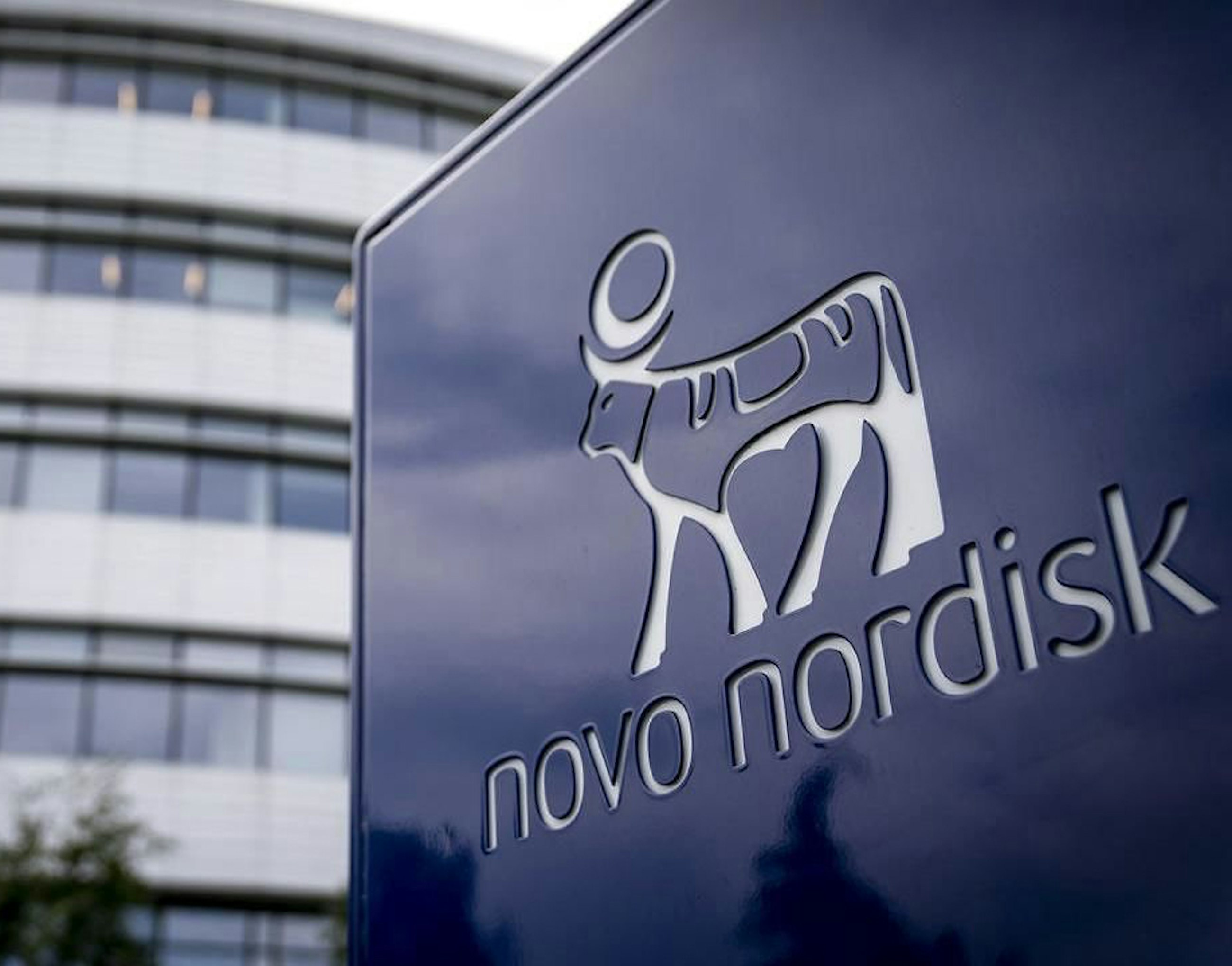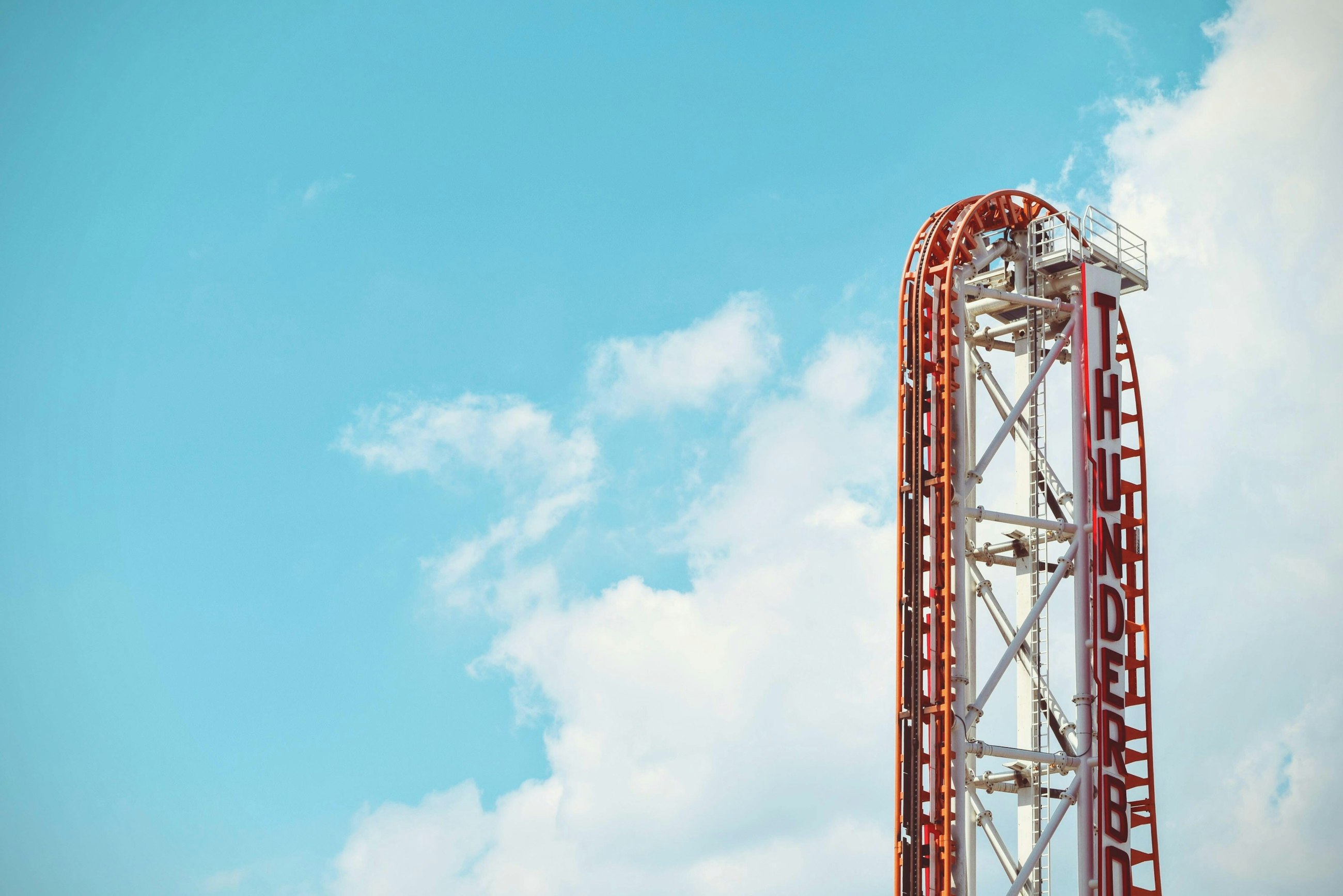Novo Nordisk and Implement Strategy
28 May 2021
Novo Nordisk aims at leaving zero environmental impact and is transitioning into a business model that keeps products and materials in use in a closed loop.
As concerns are growing about the future of our planet, the pharmaceutical industry in Denmark has successfully managed to cut carbon emissions by 42% from 1990 to 20171. Moreover, many key players in the industry are launching ambitious strategies to help avoid climate change. That is good news. While the carbon emissions rightfully are capturing the headlines around the world, a rising environmental issue is our use of materials and resources.
According to the Global Footprint Network, we would need around 5 planet earths to regenerate humanity’s annual demand on natural resources if everyone lived like the most unsustainable societies on the planet2. In addition, most of the resources used end up in landfills or being incinerated. Looking towards 2030, the volume of plastic waste in Denmark is expected to grow by 25%. Only 29% of the plastic waste was recycled in 20153. The rest was incinerated and contributed to carbon emissions. In other words, the climate crisis is closely connected to an emerging resources crisis.
While the challenge is evident to everyone, most big and small companies were founded before it became breaking news to business leaders around the world that the current trajectory is unsustainable. Consequently, most business models are designed based on a linear take-make-dispose industrial paradigm. Big investments have been made, capabilities have been built, and global supply chain networks have been installed to support this wasteful logic.
From a linear to a circular business model
Companies around the world are starting to realise that measures must be taken to change this. One such company is Novo Nordisk, which has launched an ambitious environmental sustainability strategy, Circular for Zero, aiming not only at leaving zero environmental impact but also rethinking the company’s fundamental business model.
Novo Nordisk is transitioning into a circular paradigm aiming at eliminating waste and the continual use of resources. Obviously, this is a bold move having made huge investments in the current business model and having designed a global value chain network to support this specific business model. New products, packaging and processes must be designed for circularity. Take-back and reuse of existing products must be enabled.
More specifically, Novo Nordisk produces and distributes more than 550 million insulin pen devices worldwide every year. And as this number grows, it puts Novo Nordisk at the forefront of the plastic waste challenge. Each pen contains 77% plastic. While waste management in many places is maturing around the globe, single-use medical devices cannot easily be managed, as they are often categorised as hazardous waste demanding special treatment. That is why Novo Nordisk decided to take the lead and design a new business model for taking back the insulin pens to recycle pens and reuse materials.
Designing a new sustainable and scalable business model
Facing a complex global challenge, Novo Nordisk decided to start small before scaling – and to zoom in on people living with diabetes. If Novo Nordisk was not able to design a solution that would enable behavioural change and new patterns of pen disposal, not a single insulin pen would be collected. That is why a global patient insights and waste management study was launched to understand current pen disposal practices and to determine how best to influence patient waste disposal routines. Based on insights gathered through deep field studies in China, USA and Denmark, it was determined to design and pilot a new business model in the Danish market before looking into global scalability of a take-back business model.
A range of strategic issues were investigated, and several business models trying to tackle the take-back challenge were designed and prototyped at high speed to generate fast learnings. Inputs were deep analytical insights, extensive experience from Novo Nordisk subject matter experts and best practices collected from similar programmes in other industries. Issues arose along all steps of the value chain.
Designing for behavioural change and maximising the collection rate from patients, engaging stakeholders such as healthcare professionals and pharmacies to support the new business model, identifying optimal collection touchpoints in the user journey, navigating regulatory hurdles to ensure high safety standards, designing a feasible and safe return logistics flow, storing and treating the hazardous waste and finally enabling the sustainable reuse of the regenerated fractions. The list continues.
To manage the extensive number of critical choices, everything was integrated into a cross-functional design and prototyping process with fast testing of critical assumptions and continuous business model iterations based on feedback from key stakeholders, value chain partners and people living with diabetes.
Moreover, a critical element in the preparation of the Danish pilot take-back programme was the formation and building of a trusted partnership among all the stakeholders in the value chain and healthcare ecosystems needed to launch an end-to-end pilot.
In December 2020, the Danish pilot business model was successfully launched and is running in 2021 to test the desirability, viability and feasibility of the business model. Continuous adjustments will be made based on user feedback to optimise the collection rate and increase Novo Nordisk’s contribution to eliminating plastic waste and cutting carbon emissions. In parallel, Novo Nordisk is preparing further pilots in other global markets, seeking to design a scalable business model that will once again position Novo Nordisk as a global leader and trailblazer on the sustainability agenda.
Sources
1 LIF, https://www.lif.dk/SiteCollectionDocuments/Klima/Faktaark_Medicinproduktion%20med%20 mindre%20CO2-udslip.pdf
2 https://www.footprintnetwork.org/2019/06/26/press-release-june-2019-earth-overshoot-day/
3 Internal Novo Nordisk analysis (2020)
Novo Nordisk - Our Perspective: Can you recycle an insulin pen?




